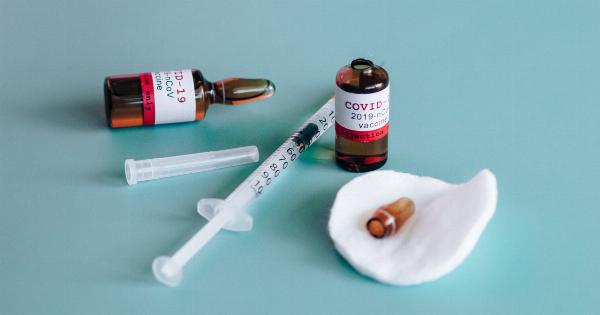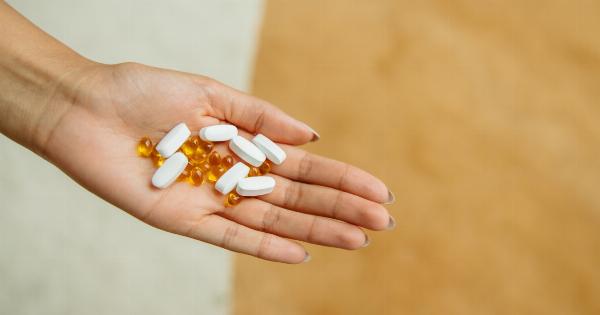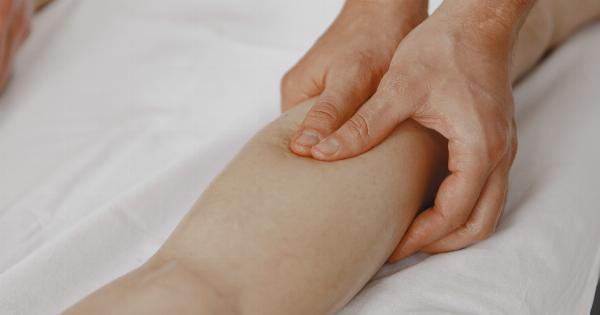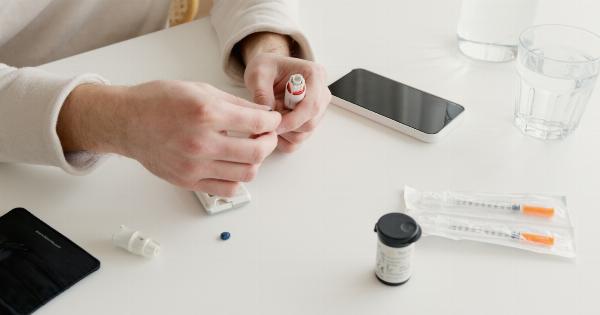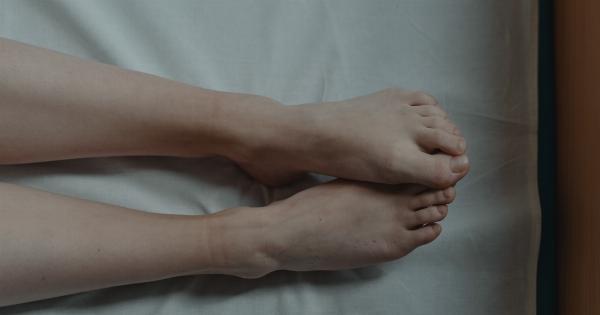Urinary tract infections (UTIs) are common infections that can affect the bladder, urethra, or kidneys. They occur when bacteria, usually from the digestive tract, make their way into the urinary tract.
Symptoms of a UTI include frequent urination, painful urination, a strong urge to urinate, cloudy or bloody urine, and pain in the lower abdomen or back. While antibiotics are the best treatment for UTIs, there are several steps you can take at home to help relieve the discomfort and prevent the infection from getting worse.
1. Drink Plenty of Water
Drinking plenty of water helps to flush out the bacteria from your urinary tract. Aim to drink 6 to 8 glasses of water a day to help prevent UTIs from developing.
If you already have a UTI, drinking water can help to dilute your urine and make it less painful to urinate.
2. Take a Pain Reliever
Pain relievers, such as ibuprofen or acetaminophen, can help to relieve the pain and discomfort associated with a UTI.
Be sure to follow the recommended dosage instructions and check with your doctor first if you have any medical conditions or are taking any other medications.
3. Use Heat Therapy
Applying heat to your lower abdomen or back can help to relieve the pain and discomfort associated with a UTI. Use a heating pad or take a warm bath to help soothe the area.
4. Use a UTI Over-the-Counter Treatment
There are several over-the-counter treatments available for UTIs, such as AZO and Uristat. These medications contain an analgesic and can help to relieve the pain and discomfort associated with UTIs.
They also contain an antibacterial agent that can help to prevent the infection from getting worse. Be sure to follow the instructions carefully and speak to your doctor if your symptoms do not improve.
5. Drink Cranberry Juice
Drinking cranberry juice can help to prevent UTIs from developing in the first place. Cranberry juice contains compounds that prevent bacteria from sticking to the walls of the urinary tract.
However, it’s important to note that cranberry juice should not be used to treat a UTI once it has developed, as it will not be effective in treating the infection.
6. Practice Good Hygiene
Practicing good hygiene can help to prevent UTIs from developing. Be sure to wipe from front to back after using the toilet, as wiping from back to front can cause bacteria to enter the urinary tract.
It’s also important to urinate frequently and fully empty your bladder each time.
7. Try Probiotics
Probiotics, such as lactobacillus, can help to prevent UTIs from developing by promoting a healthy balance of bacteria in the gut and urinary tract. Probiotics can be found in yogurt, kefir, and other fermented foods or taken as a supplement.
8. Avoid Irritants
Avoiding irritants, such as alcohol, caffeine, and spicy foods, can help to prevent UTIs from developing. These substances can irritate the bladder and urinary tract, making it easier for bacteria to enter and cause an infection.
9. Consult Your Doctor
If your symptoms do not improve or if you develop a fever, chills, or back pain, it’s important to consult your doctor. These symptoms may be a sign that the infection has spread to your kidneys and requires prompt medical attention.
Conclusion
UTIs are common infections that can be uncomfortable and painful. While antibiotics are the best treatment, there are several steps you can take at home to help relieve the discomfort and prevent the infection from getting worse.
By drinking plenty of water, taking pain relievers, using heat therapy, using a UTI over-the-counter treatment, drinking cranberry juice, practicing good hygiene, trying probiotics, and avoiding irritants, you can help to prevent UTIs from developing and manage your symptoms at home.








